Marine Cruisin’ Fun
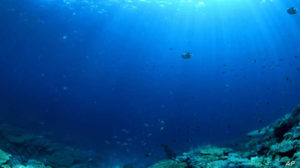 Did you know that water makes up approximately 71% of our Earth? Some of it is fresh and some is pure saltwater. Both play an important role in our lives and both are constantly changing and evolving. Therefore, it should come as no surprise to anyone that most of us spend at least some of our time learning about the world’s waterways. It is a trend that first began during the middle ages, “Age of Exploration” and has continued. Constantly changing and evolving as the year’s pass. Whether you own a boat, or simply want to go exploring while someone else plays captain, you can find it all with the marine crusin’ fun experiences that are waiting along the shore.
Did you know that water makes up approximately 71% of our Earth? Some of it is fresh and some is pure saltwater. Both play an important role in our lives and both are constantly changing and evolving. Therefore, it should come as no surprise to anyone that most of us spend at least some of our time learning about the world’s waterways. It is a trend that first began during the middle ages, “Age of Exploration” and has continued. Constantly changing and evolving as the year’s pass. Whether you own a boat, or simply want to go exploring while someone else plays captain, you can find it all with the marine crusin’ fun experiences that are waiting along the shore.
Our Fascination with Water
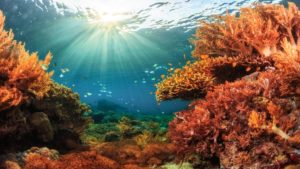 Once upon a time, even before Columbus sailed the ocean blue in 1492, the waterways near Africa, Europe, and Asia were already being explored and mapped out. Those explorers needed to know where they could travel by ships safely, and which areas to avoid. They also spent a lot of time pushing their boundaries to explore new areas that could only be reached via the ocean.
Once upon a time, even before Columbus sailed the ocean blue in 1492, the waterways near Africa, Europe, and Asia were already being explored and mapped out. Those explorers needed to know where they could travel by ships safely, and which areas to avoid. They also spent a lot of time pushing their boundaries to explore new areas that could only be reached via the ocean.
We know more today than they ever could at that time. For instance, as reported by the National Geographic, the tallest mountain on Earth is approximately four miles under sea level. Hiding in our Pacific Ocean. How it formed? Most likely, it was a result of a process that we call, “plate tectonics”. This process happens because our ocean rests on plates that cover the Earth’s mantle. As it shifts, things slowly move around on the ocean floor. It moves only a few centimeters each year unless something drastic happens, but it is important that we know where the peaks and valleys are.
Why Mapping Is Important
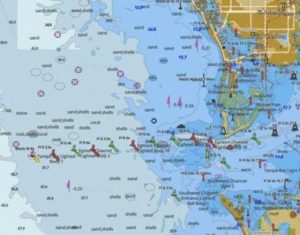 For marine biologists and all other oceanic scientists, knowledge is power. In even as short a time as a decade, they have discovered more than 1500 new species of oceanic creatures living deep on the ocean floor. Their habits are unique and dependent on the plate movement of the ocean floor, underwater volcanos, and cold water seeps. As the years’ progress and more changes take place, there could be even more exciting discoveries hiding in the depths of this mysterious world.
For marine biologists and all other oceanic scientists, knowledge is power. In even as short a time as a decade, they have discovered more than 1500 new species of oceanic creatures living deep on the ocean floor. Their habits are unique and dependent on the plate movement of the ocean floor, underwater volcanos, and cold water seeps. As the years’ progress and more changes take place, there could be even more exciting discoveries hiding in the depths of this mysterious world.
For less science-focused people, there are still interesting things to see in our waterways. Fantastic and interesting shells can be found along the shore, massive whales, sharks, and other marine life can be seen from the bow of a boat, the list goes on and on. We can find food in the ocean, relax with the constant ebb and flow, or simply delight in the wonders of without ever considering what may be happening down below our boat.
This does not make it any less important though. Any boater can tell you that there is nothing as rotten as hitting land when you are trying to enjoy your day at sea. Where is the land formations that can pin you for hours located? This can only be known if you have a charter map of the water in that area.
Explore Your Local Waterways and Rivers
There are a lot of ways for you to explore all that your local area has to offer. If you are going out solo on a boat that you own, make sure you have the most updated marine charts available for that area. If you hire a charter boat to take you out on the adventure of a lifetime, you may consider asking if they have current charts. They may appreciate the fact that you are curious and take the time to explain what you are seeing or how the waters have changed.
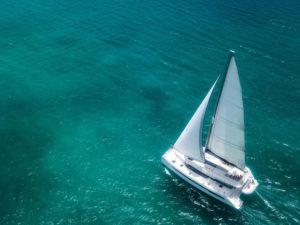 Ask anyone who enjoys fishing or boating and they will tell you that there is nothing better than spending time on the water. For many, it is a life’s goal to get a sailboat and sail away, living out the rest of their days on the water. It is a nice ambition, but it does come with a price. The price is where most people have to give up their dreams, unless they are willing to consider buying used. This also comes with some cost and effort because it may mean you end up having to repair certain things. For instance, repairing a galley table with epoxy.
Ask anyone who enjoys fishing or boating and they will tell you that there is nothing better than spending time on the water. For many, it is a life’s goal to get a sailboat and sail away, living out the rest of their days on the water. It is a nice ambition, but it does come with a price. The price is where most people have to give up their dreams, unless they are willing to consider buying used. This also comes with some cost and effort because it may mean you end up having to repair certain things. For instance, repairing a galley table with epoxy.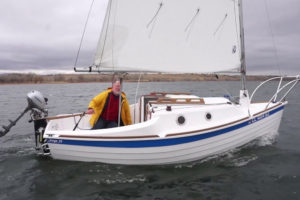 When you look at the cost of a boat, you will find that there are not only upkeep costs, but an unimaginable cost to purchase one. If you buy a new sailboat, you could potentially end up spending $123,800 just to get a small one. Sailboats in this average price range have a small cabin that is good for one, maybe two, people. Any more than that and you will feel cramped within the space. The larger you go, the more your boat will cost.
When you look at the cost of a boat, you will find that there are not only upkeep costs, but an unimaginable cost to purchase one. If you buy a new sailboat, you could potentially end up spending $123,800 just to get a small one. Sailboats in this average price range have a small cabin that is good for one, maybe two, people. Any more than that and you will feel cramped within the space. The larger you go, the more your boat will cost.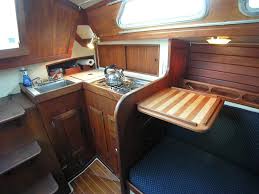 You can buy sailboats that are used that can be dated back to 30+ years ago. If you bought a car that was made in the early 80s for $100, you wouldn’t expect much beauty to be found in it. Boats are the same way. Even a well-loved and well-cared for sailboat can have imperfection after so many years. Galleys, and the interior space as a whole, are often where you see the most damages, but it can also extend into other areas.
You can buy sailboats that are used that can be dated back to 30+ years ago. If you bought a car that was made in the early 80s for $100, you wouldn’t expect much beauty to be found in it. Boats are the same way. Even a well-loved and well-cared for sailboat can have imperfection after so many years. Galleys, and the interior space as a whole, are often where you see the most damages, but it can also extend into other areas.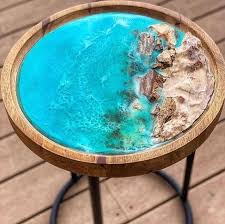 Most of us hear a lot about epoxy because of the many ways that it can be used. We hear about how it is used to provide boats with a high gloss shine that protects it. We hear about how it can make wood furniture more beautiful. Useful in crafting and creating river tables. The question is, do you really know the difference? Is there a difference between epoxies? We decided to find out. Here is the truth behind marine epoxy vs river table epoxy.
Most of us hear a lot about epoxy because of the many ways that it can be used. We hear about how it is used to provide boats with a high gloss shine that protects it. We hear about how it can make wood furniture more beautiful. Useful in crafting and creating river tables. The question is, do you really know the difference? Is there a difference between epoxies? We decided to find out. Here is the truth behind marine epoxy vs river table epoxy.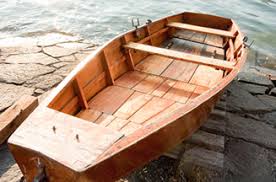 In marine applications, such as a boat, plywood may be saturated with epoxy. This makes it extremely waterproof. It can also be used to apply fiberglass tape and cloth. The trick is thin layers. It isn’t an epoxy that needs to be deep poured. It works well as an adhesive and a sealant.
In marine applications, such as a boat, plywood may be saturated with epoxy. This makes it extremely waterproof. It can also be used to apply fiberglass tape and cloth. The trick is thin layers. It isn’t an epoxy that needs to be deep poured. It works well as an adhesive and a sealant.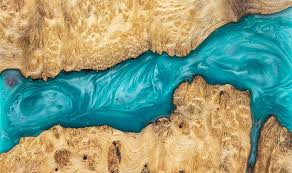 The epoxy that is used to create furniture like river tables is different. Typically, this will be done with polyester or casting epoxy. Neither of these products work well as an adhesive. They can seal, they can be deep poured, typically using a 1:1 ratio, but they are unable to keep up with the constant “wet” that comes from living in the water.
The epoxy that is used to create furniture like river tables is different. Typically, this will be done with polyester or casting epoxy. Neither of these products work well as an adhesive. They can seal, they can be deep poured, typically using a 1:1 ratio, but they are unable to keep up with the constant “wet” that comes from living in the water.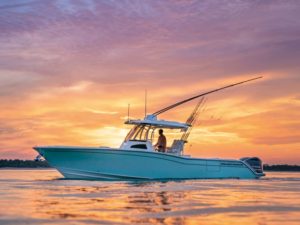 When boating, you may not really ever think about all the things that require battery power. That is until you have a hiccup in the system and a dead battery to deal with. Then you get into really looking around your boat for what could be drawing power. For instance, your GPS, fish finders, and more. In fact, there are five marine power applications that can all draw from your battery.
When boating, you may not really ever think about all the things that require battery power. That is until you have a hiccup in the system and a dead battery to deal with. Then you get into really looking around your boat for what could be drawing power. For instance, your GPS, fish finders, and more. In fact, there are five marine power applications that can all draw from your battery.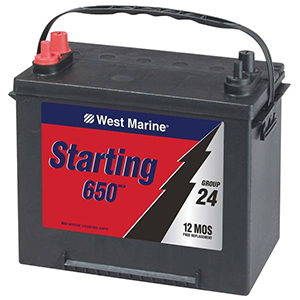 Accessories are the biggest power draw for most boats. They include:
Accessories are the biggest power draw for most boats. They include: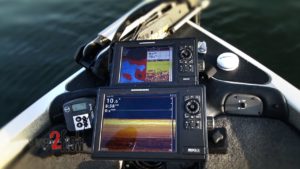 One of the biggest things that will help you is to have a high-quality marine battery and connections. You want a battery that has a good capacity and is safe for marine use. However, the best battery that money can buy is no good if you have a faulty connection. You need to get
One of the biggest things that will help you is to have a high-quality marine battery and connections. You want a battery that has a good capacity and is safe for marine use. However, the best battery that money can buy is no good if you have a faulty connection. You need to get 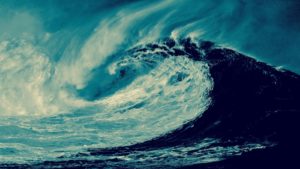 Did you know that many boats are adding alternative power sources? It is true. Many of the boats today are turning to solar power and backup battery supply options for their watercraft. It enables them to worry less about what can happen if they are on the boat and lose power. This technology doesn’t just have to be useful on boats. Adding power tail applications could be beneficial in all types of marine and outdoor activities.
Did you know that many boats are adding alternative power sources? It is true. Many of the boats today are turning to solar power and backup battery supply options for their watercraft. It enables them to worry less about what can happen if they are on the boat and lose power. This technology doesn’t just have to be useful on boats. Adding power tail applications could be beneficial in all types of marine and outdoor activities.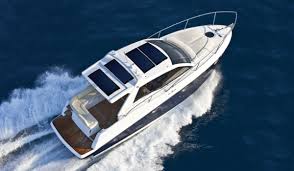 Some boats today are taking advantage of renewable energy sources to provide them with power. These renewables may include wind, solar, or even water power. There are pros and cons to each and certain options are better for certain situations. However, the general breakdown is as follows.
Some boats today are taking advantage of renewable energy sources to provide them with power. These renewables may include wind, solar, or even water power. There are pros and cons to each and certain options are better for certain situations. However, the general breakdown is as follows.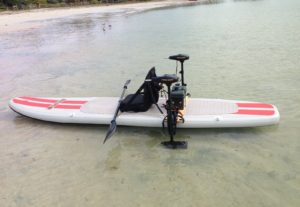 In general, it seems that the water generators would be best for power tail applications. You may be asking, “What is a Power Tail?”
In general, it seems that the water generators would be best for power tail applications. You may be asking, “What is a Power Tail?” 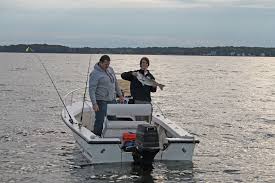 Your boat is made up of many different parts. Each one serves the purpose of helping you to enjoy the day to the fullest. If any single part of it fails, you could be stuck calling for help or paddling your way to the nearest landmass. Neither option is much fun. Therefore, it is important that you work to maintain your boat. Problems are going to happen. You will save yourself time and headaches if you can see the problems before they arrive.
Your boat is made up of many different parts. Each one serves the purpose of helping you to enjoy the day to the fullest. If any single part of it fails, you could be stuck calling for help or paddling your way to the nearest landmass. Neither option is much fun. Therefore, it is important that you work to maintain your boat. Problems are going to happen. You will save yourself time and headaches if you can see the problems before they arrive. Most often, boating issues will stem from a motor that doesn’t want to go. There is no easy way to fix this on the big water, so you are better off to make sure it is tuned and running properly before you set out for the deep blue beyond.
Most often, boating issues will stem from a motor that doesn’t want to go. There is no easy way to fix this on the big water, so you are better off to make sure it is tuned and running properly before you set out for the deep blue beyond.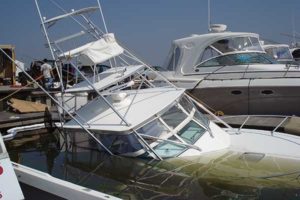 On the water, anything can, and usually will happen. If you are on an older boat, test it out close to the shoreline before you venture out to make sure that everything is working as it should. Especially if it is the first time out this season. You may also want to have it out of the water so you can do a visual check on all of its many, movable parts. Make sure the wiring isn’t corroded, your battery charge is good, there are no visible dock dings, and more. This will ensure that you are prepared for whatever the day brings you.
On the water, anything can, and usually will happen. If you are on an older boat, test it out close to the shoreline before you venture out to make sure that everything is working as it should. Especially if it is the first time out this season. You may also want to have it out of the water so you can do a visual check on all of its many, movable parts. Make sure the wiring isn’t corroded, your battery charge is good, there are no visible dock dings, and more. This will ensure that you are prepared for whatever the day brings you.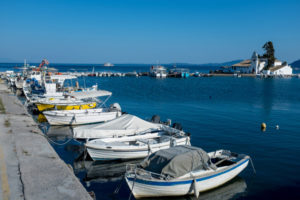 You may think that all boats are created equal. This is not true. Ask any diehard marine enthusiast and they will tell you the same thing. There are big boats, little boats, ships, canoes, and more. They also come in a variety of colors that may appear to be a rainbow spread across the water if you visit that dock on a bright, sunny day when reflections can shimmer in the water below each boat. With all these different styles and colors, you have to ask, what happens if one of these fabulous vessels becomes damaged? The simplest answer is that repairs are often tackled with colored fiberglass repair.
You may think that all boats are created equal. This is not true. Ask any diehard marine enthusiast and they will tell you the same thing. There are big boats, little boats, ships, canoes, and more. They also come in a variety of colors that may appear to be a rainbow spread across the water if you visit that dock on a bright, sunny day when reflections can shimmer in the water below each boat. With all these different styles and colors, you have to ask, what happens if one of these fabulous vessels becomes damaged? The simplest answer is that repairs are often tackled with colored fiberglass repair.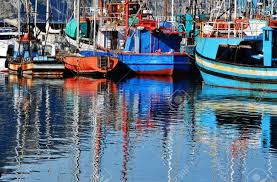 After you take that trip to the boat dock, you will be left in little doubt that not all boats come in white or wood grain. They can be bold and bright in color or calming in their overall color appearance. Considering how much sun damage happens or what happens if the boat rubs the dock wrong, the nicest boat owners will want repairs quickly.
After you take that trip to the boat dock, you will be left in little doubt that not all boats come in white or wood grain. They can be bold and bright in color or calming in their overall color appearance. Considering how much sun damage happens or what happens if the boat rubs the dock wrong, the nicest boat owners will want repairs quickly.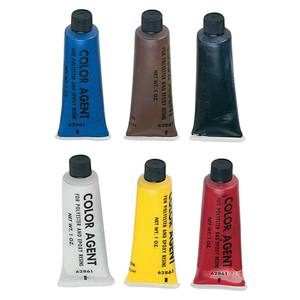 The good news for boat repairs is that you do not need to have an absolutely perfect color tone to have a good repair. In fact, doing so will be practically impossible anyway, even if you have the right color of gel-coat. However, it does require you put in a little bit of effort.
The good news for boat repairs is that you do not need to have an absolutely perfect color tone to have a good repair. In fact, doing so will be practically impossible anyway, even if you have the right color of gel-coat. However, it does require you put in a little bit of effort.